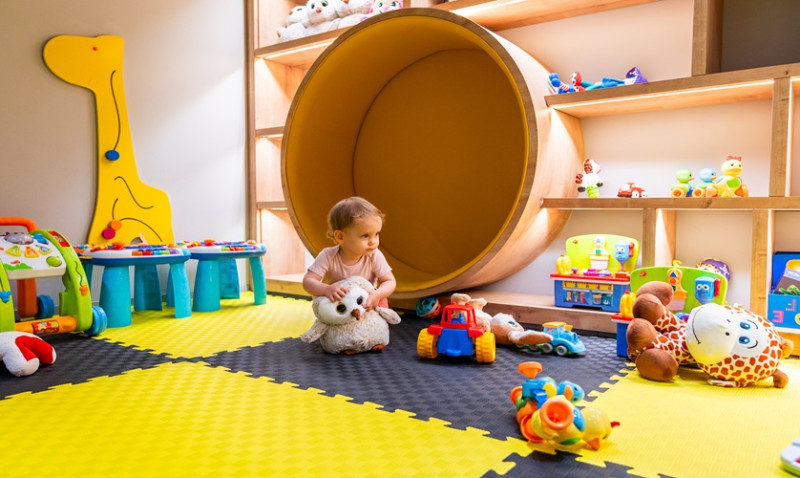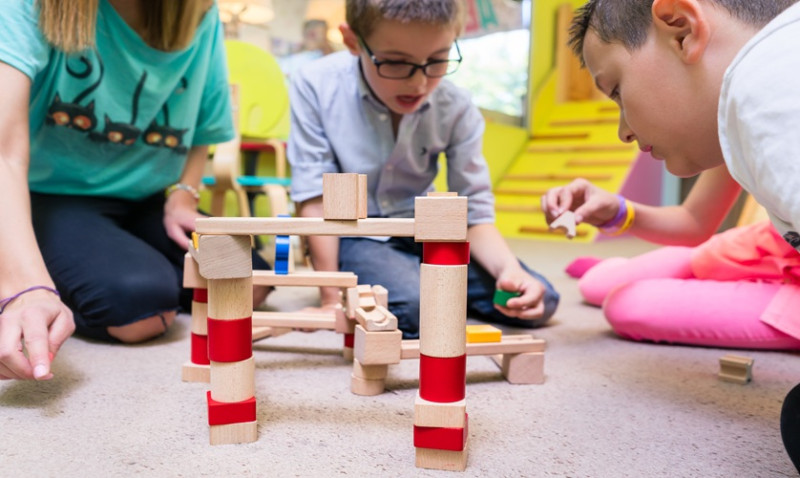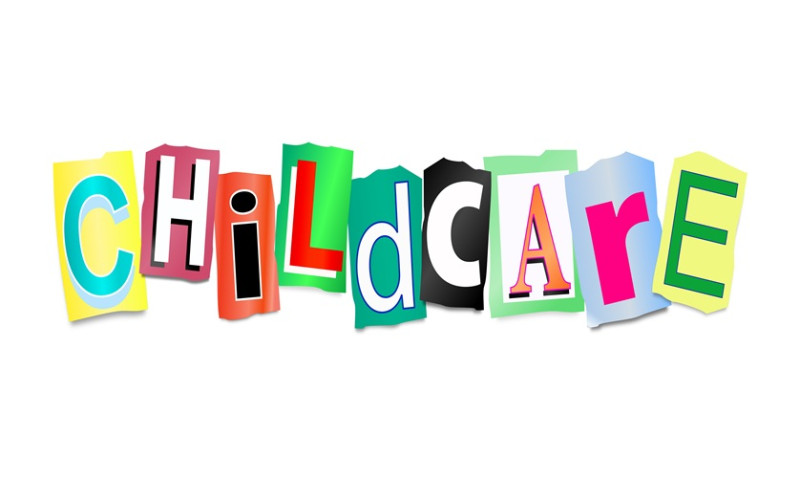
Are you learning English and curious about what schools are like in the United Kingdom? Whether you're planning to move to Britain, already living here, or just want a better understanding of the UK education system, this blog post is perfect for A1–A2 ESL learners. We'll take a closer look at how schools work in Britain, using simple English and examples to help you feel informed and confident.
What Is the School System in the UK?
In the UK, education is mandatory for children from the ages of 5 to 18. The school system is divided into different stages called Key Stages. These stages help organise how and when children learn new topics. Schools follow a national curriculum, which means students learn similar things across the country, whether they're in London, Manchester, or a small village in Wales.
There are four main types of schools in the UK: nursery, primary, secondary, and further education institutions. Some children go to private schools, but most go to what are called “state schools,” which are free and paid for by the government.
The school year starts in early September and ends in July. There are three main terms: Autumn, Spring, and Summer. Each term has a short holiday in the middle, and students also enjoy a longer break in December and summer.
Different Types of Schools Explained
Let’s take a closer look at the four types of schools:
- Nursery School (ages 3–4): This is like preschool. Children play and start learning basic numbers, letters, and how to work with others.
- Primary School (ages 5–11): Students begin formal education. This stage is split into two parts: Key Stage 1 (ages 5–7) and Key Stage 2 (ages 7–11).
- Secondary School (ages 11–16): This covers Key Stages 3 and 4. At the end, students take exams known as GCSEs (General Certificate of Secondary Education).
- Further Education (ages 16–18): After secondary school, students can choose to stay in school or go to college. They study for A-levels or other qualifications before entering university or work.
Learning the names and purposes of school types will help you understand conversations in English and make it easier if you or your children go to school in Britain.
Subjects and School Activities
UK schools offer a wide range of subjects. In primary school, these usually include English, maths, science, geography, history, art, physical education (PE), and religious education. Sometimes, they also start learning a foreign language like French or Spanish.
At the secondary level, subjects become more advanced and students can also choose ‘option’ subjects based on what they enjoy or want to study in the future. For example, they might study business, computer science, drama, or design and technology.
Music, sports, and clubs are also important parts of school life. These help children make friends and develop new skills outside the classroom.
School Uniforms and the School Day
One thing that’s different about schools in the UK compared to many other countries is that most students wear school uniforms. Uniforms usually include a shirt, tie, trousers or skirt, and a blazer or jumper with the school logo.
School usually starts around 8:30 or 9:00 in the morning and ends around 3:00 to 3:30 in the afternoon. Students have lessons, a break in the morning, lunchtime, and then lessons again in the afternoon. Many students bring a packed lunch or eat in the school canteen.
Wearing a uniform is seen as a way to show pride in your school and keep things equal among students.
Important Exams in the UK School System
Exams play an important role in British schools. They help teachers and the government understand how students are learning.
Here are some of the key exams:
| Exam Name | Age | Purpose |
|---|---|---|
| SATs | 11 | Tests taken at the end of primary school to assess progress in English and maths |
| GCSEs | 16 | Main exams in secondary school covering many subjects |
| A-levels | 18 | Advanced exams taken before university; focus on 3-4 subjects of choice |
If you're a parent, knowing these exams will help you better prepare and support your children in the UK education system.
Tips for ESL Parents and Learners
Here are a few helpful tips for ESL learners who want to understand and engage better with schools in the UK:
- Visit the school: Most schools offer open days where you can explore the building and meet teachers. It's a great way to get comfortable.
- Learn school vocabulary: Words like “register”, “assembly”, “homework”, and “detention” often come up in school settings.
- Communicate with teachers: Even if your English isn’t perfect, schools appreciate any effort to stay in touch. Use email, meetings, or translation tools if needed.
- Use ESL resources: There are many English videos, books, and exercises that focus on education in Britain. These can help you understand more and feel part of the community.
Final Thought – Schools in the UK Are a Gateway to Learning and Community
Understanding the UK school system doesn’t have to be difficult. With some basic knowledge and the right resources, you can feel more confident about sending your child to a local school, or understanding education topics in English. Schools are about more than just learning facts—they are also places to meet people, have fun, and grow as individuals.
Whether you're learning English or helping your child through school in Britain, remember there's always support available. Watch beginner-friendly ESL videos on the English Portal to see real-life school vocabulary, classroom settings, and everyday student experiences in British schools. The more you watch and practice, the more comfortable you’ll become!






